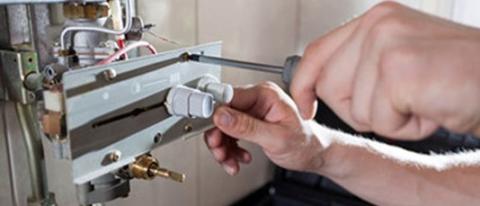
Oil or Gas Boiler Replacement
Installed correctly, new oil or gas boiler can cut utility expenses while improving comfort.
Oil or Gas Boiler Replacement Background

Systems for heating and cooling your home cost more money and use more energy than any other system in your home—typically over 50% of your utility bill. High-efficiency sealed-combustion direct-vent oil and gas boilers have efficiencies exceeding 90% and improve safety by drawing combustion air from outside instead of indoors and exhausting emissions through sealed flues. However, a quality installation is integral to a well-performing system. Nearly half of all heating and cooling systems in U.S. homes are not installed to the manufacturers’ instructions and perform below rated capacity and efficiency.
Tips to Sell Quality Installed Home Improvements
Home Improvement Expert is a valuable tool for organizations committed to quality installed work. The following tips help optimize the value of this tool when selling home improvements:
Trust Matters: Inform homeowners how your work conforms to this world-class expert guidance. Recommend they visit the DOE website as evidence these are indeed official best practices.
Knowledge Matters: Take advantage of the Building America Solution Center as a resource for becoming an expert on these projects.
Clarity Matters: Tell prospective clients to contrast your expert-recommended best practices with other contractors.
Value Matters: Advise prospective clients to insist other bids also include these checklists to ensure equivalent quality work.
Message Matters: Showcase on your website and marketing materials that your company uses the highest quality best practices specified on HIE Checklists.
Experiences Matter: Provide visual evidence contrasting the difference between poor and high quality work such as infrared images; pre- and post-energy bills; short and long warranties; and simple charts and graphics depicting performance advantages.